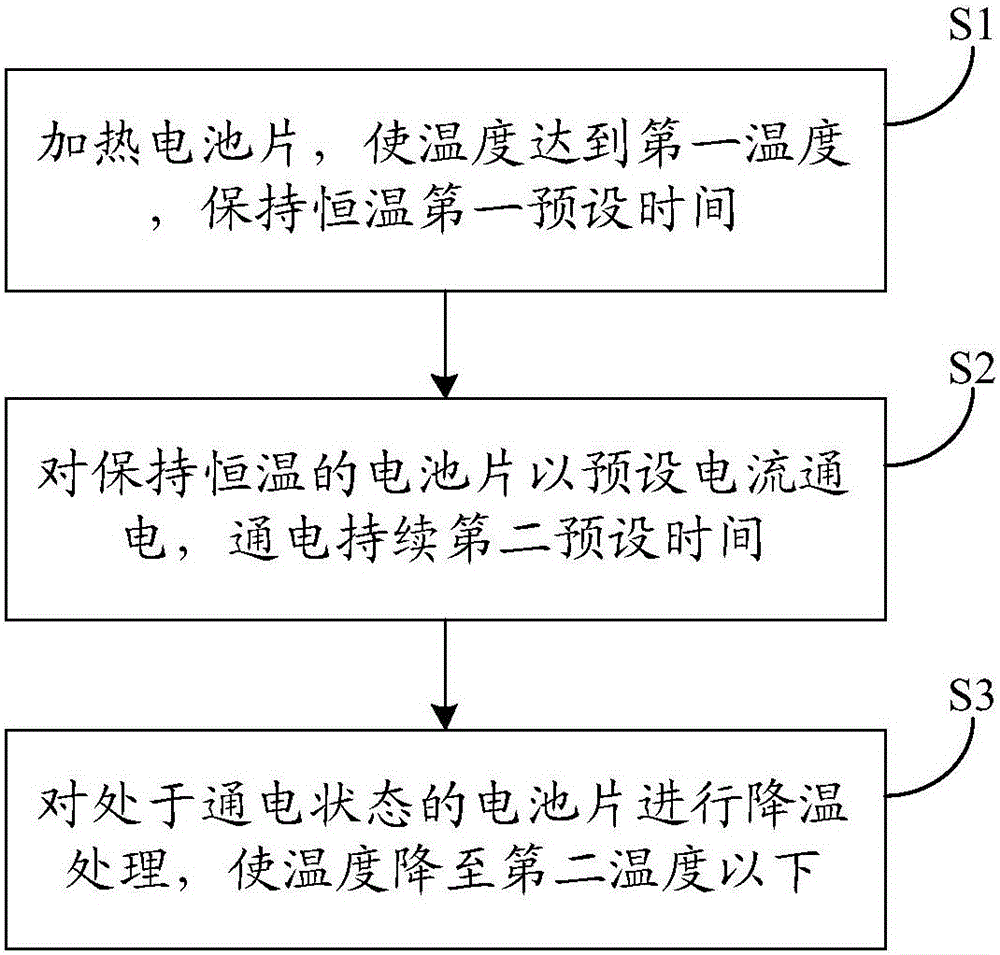Method for improving light degradation of boron-doped crystalline silicon solar cell
A solar cell, light-induced attenuation technology, applied in the field of solar cells, can solve the problems of increasing the production cost of the battery, reducing the light-induced attenuation amplitude, etc. Effect
- Summary
- Abstract
- Description
- Claims
- Application Information
AI Technical Summary
Problems solved by technology
Method used
Image
Examples
Embodiment Construction
[0023] As mentioned in the background art, boron-doped crystalline silicon solar cells have always been troubled by light-induced attenuation, which makes the cell efficiency low. In order to improve the light-induced attenuation phenomenon, in the prior art, the concentration of boron or oxygen is reduced at the side of the silicon wafer, but the specific implementation methods will greatly increase the production cost of the cell.
[0024] The inventors have found in experiments that, for cells covered with a surface film, when the cells are heated to a higher temperature and treated with a forward current for a period of time, the light-induced attenuation range of the cells is found to decrease. After research and analysis, it is concluded that for a battery sheet covered with a surface film containing hydrogen atoms, when the temperature is raised to a higher temperature, the diffusion rate of the boron atoms, oxygen atoms in the battery sheet, and hydrogen atoms contained...
PUM
 Login to View More
Login to View More Abstract
Description
Claims
Application Information
 Login to View More
Login to View More - R&D
- Intellectual Property
- Life Sciences
- Materials
- Tech Scout
- Unparalleled Data Quality
- Higher Quality Content
- 60% Fewer Hallucinations
Browse by: Latest US Patents, China's latest patents, Technical Efficacy Thesaurus, Application Domain, Technology Topic, Popular Technical Reports.
© 2025 PatSnap. All rights reserved.Legal|Privacy policy|Modern Slavery Act Transparency Statement|Sitemap|About US| Contact US: help@patsnap.com

